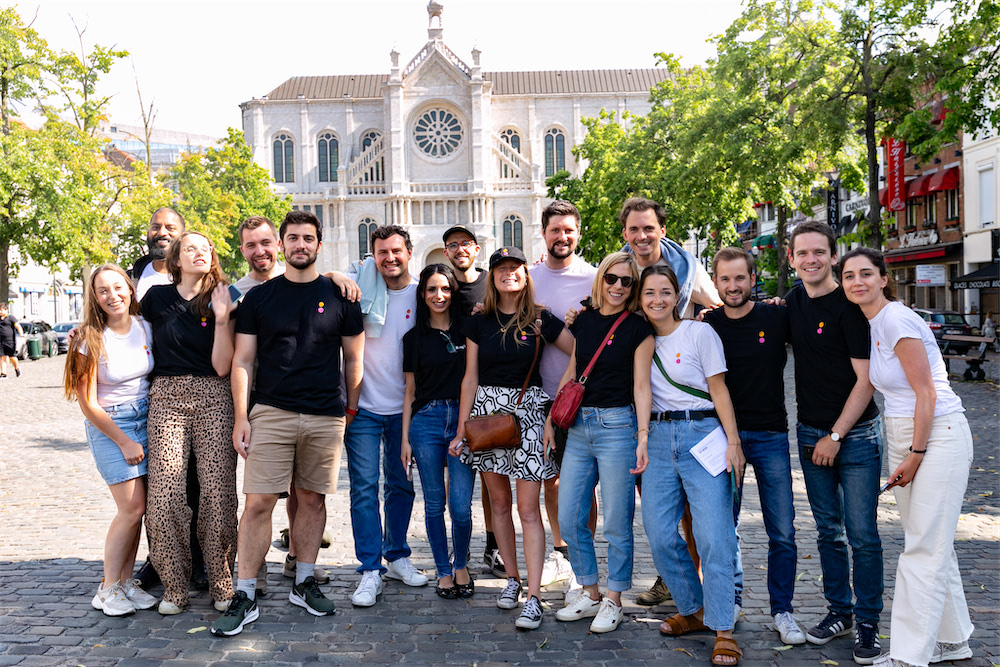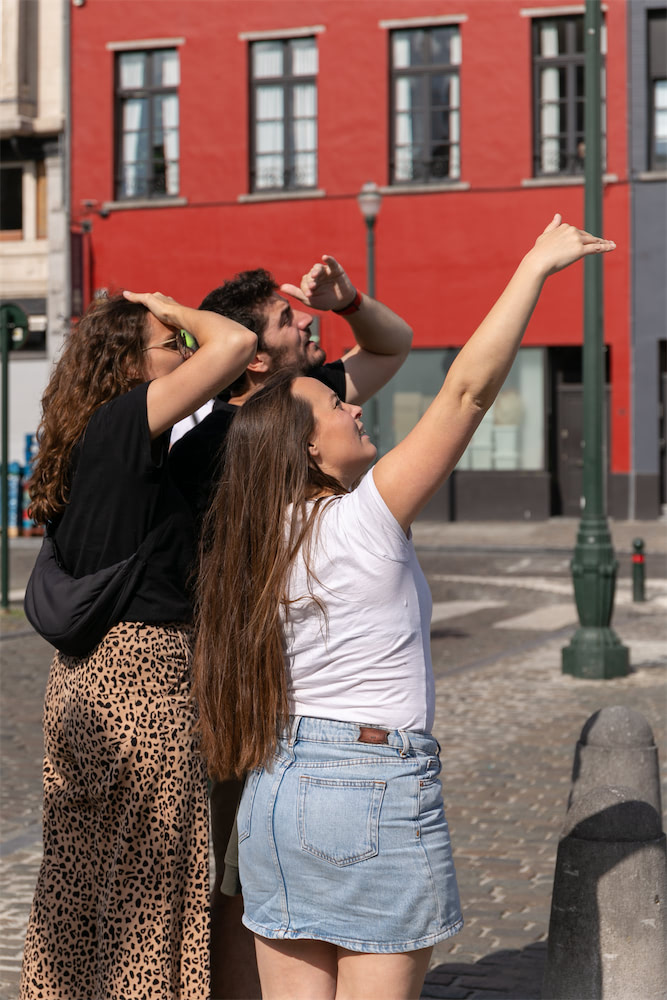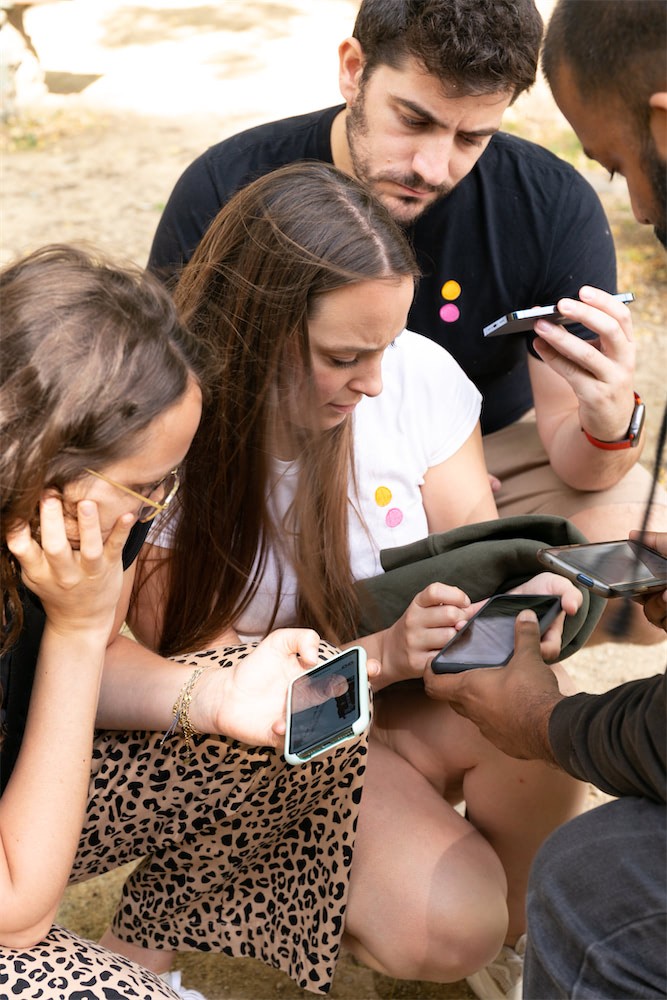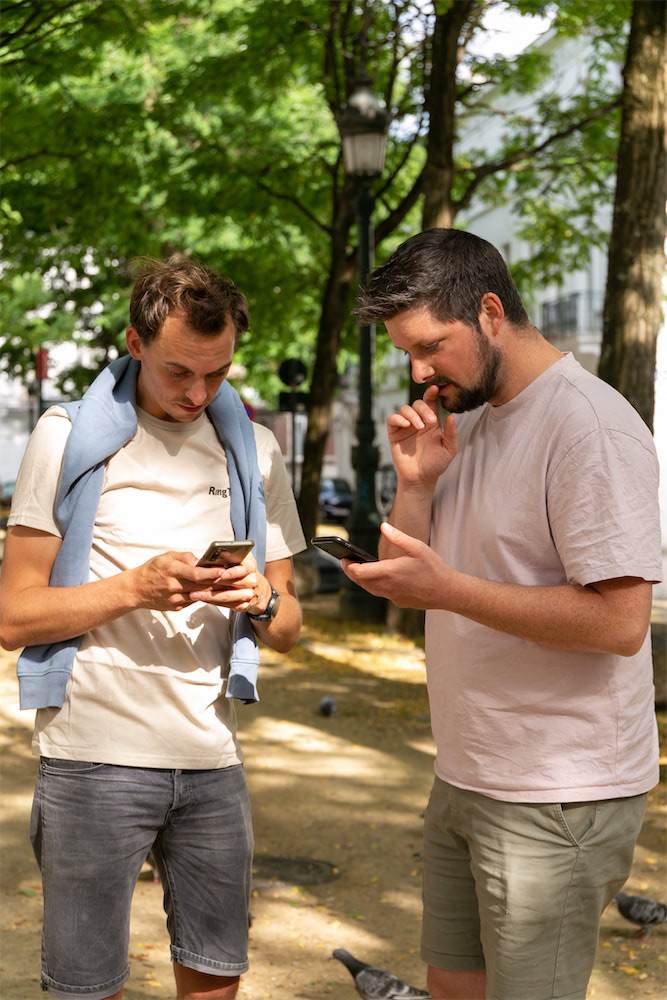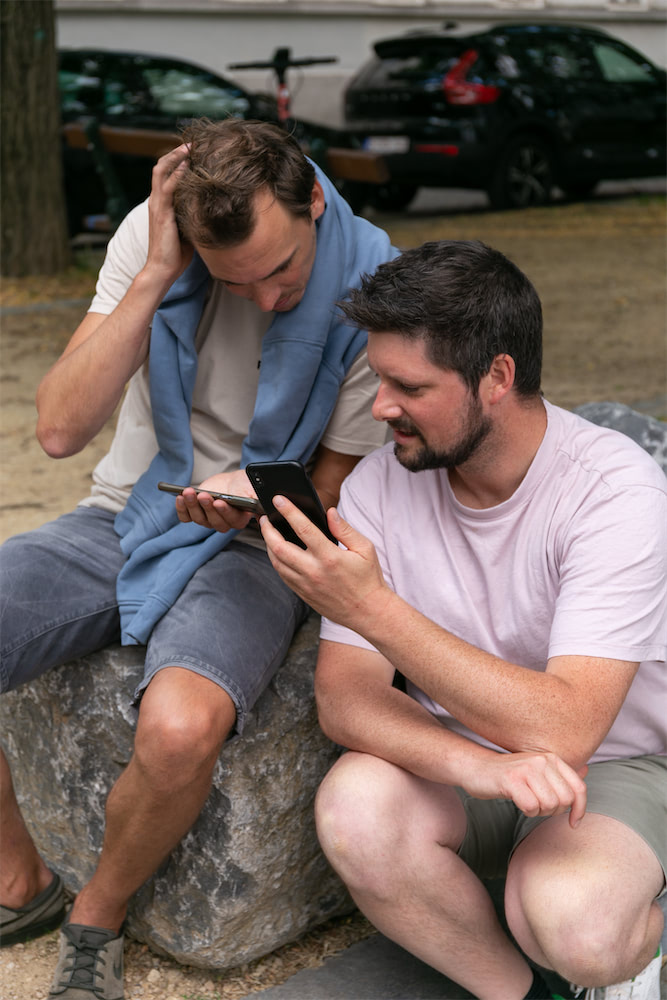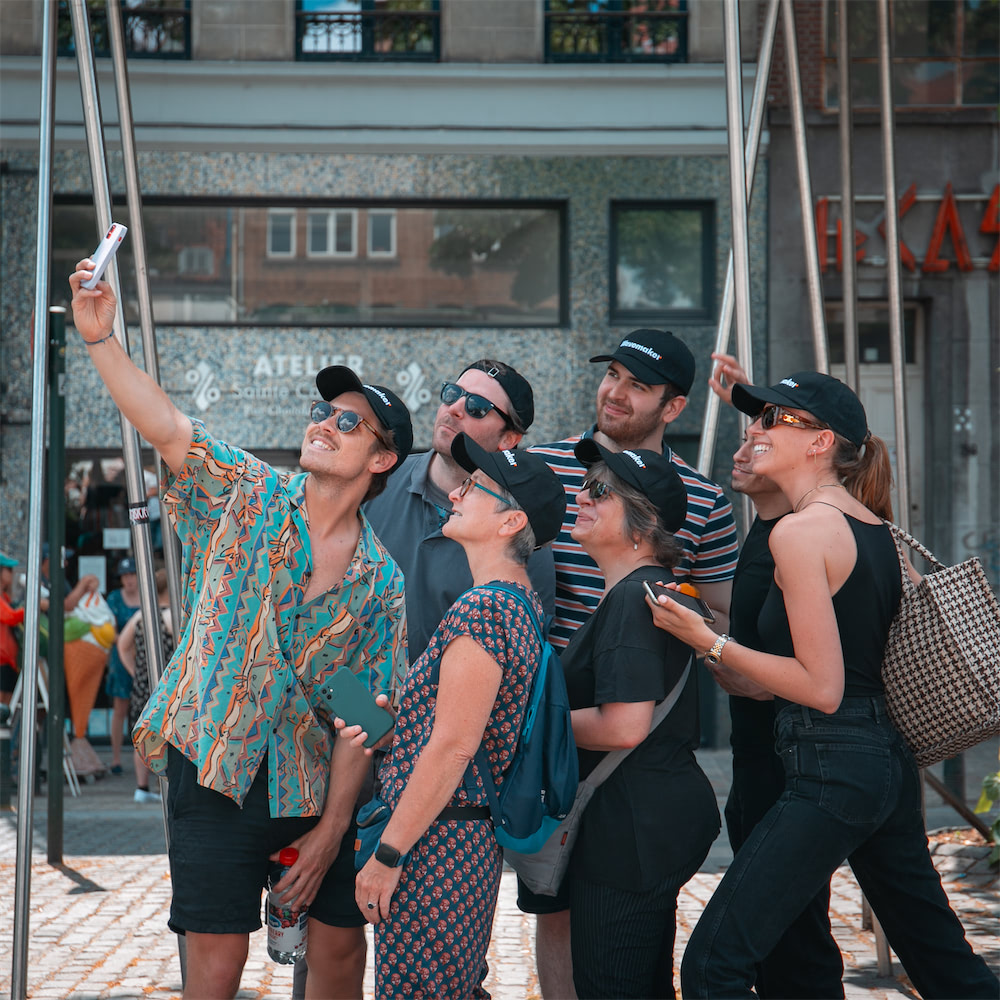Nonverbal Communication and its Impact in the Professional Environment

In the modern professional environment, effective communication is pivotal for team success and individual performance. While verbal communication often takes the limelight, the role of nonverbal communication cannot be understated. This article will explore the nuances of nonverbal communication and its significant impact in the workplace, particularly focusing on team building and enhancing professional relationships.
Understanding Nonverbal Communication
Nonverbal communication includes all forms of communication that do not involve words. This encompasses facial expressions, body language, gestures, eye contact, posture, and even the use of space (proxemics). These elements play a crucial role in conveying emotions, attitudes, and intentions, often more powerfully than spoken words.
The Impact of Nonverbal Communication in the Workplace
- Building Trust and Rapport: Positive nonverbal cues such as nodding, maintaining eye contact, and an open posture can foster an atmosphere of trust and cooperation among team members. They help in building rapport, which is fundamental for effective collaboration and team cohesion.
- Enhancing Understanding and Clarity: Nonverbal cues can reinforce or contradict what is being said. A clear understanding of these cues helps in decoding the message more accurately, leading to better understanding and fewer misunderstandings.
- Influencing Perceptions: Professionalism and competence can often be judged based on nonverbal cues. For instance, a firm handshake and confident posture can create an impression of confidence and reliability.
- Facilitating Feedback and Engagement: Nonverbal signals play a critical role during presentations and meetings. The audience’s body language provides immediate feedback to the speaker, allowing them to adjust their approach for better engagement.
- Navigating Cultural Differences: Nonverbal communication can vary significantly across cultures. Awareness and sensitivity to these differences are essential in a globalized business environment to avoid miscommunication and foster inclusive interactions.
Best Practices for Nonverbal Communication in Team Building
- Consistency: Ensure that your nonverbal cues match your verbal messages. Inconsistencies can lead to distrust and confusion.
- Observation Skills: Develop the ability to read and interpret the nonverbal cues of others. This can lead to better empathy and understanding within the team.
- Cultural Awareness: Educate yourself about the nonverbal communication norms of different cultures, especially in diverse teams.
- Feedback Loop: Encourage open discussions about communication styles and preferences within the team. This can help in aligning and understanding each other’s nonverbal cues better.
Nonverbal communication is a powerful tool in the professional environment, significantly impacting team dynamics and individual interactions. By understanding and effectively utilizing nonverbal cues, professionals can enhance trust, clarity, and engagement within their teams.
To put these principles into practice, consider our urban escape game as a unique team-building activity. This game challenges teams to communicate effectively, both verbally and nonverbally, to solve puzzles and complete the game. Learn more about this exciting opportunity to strengthen your team's communication skills at Coddy.
Join the ultimate urban team building adventure where riddles reveal the city's secrets.
Take your colleagues on a journey of discovery and fun, while creating unforgettable team memories!
Read moreDownload the brochure
Discover all the details about our team building activities.
